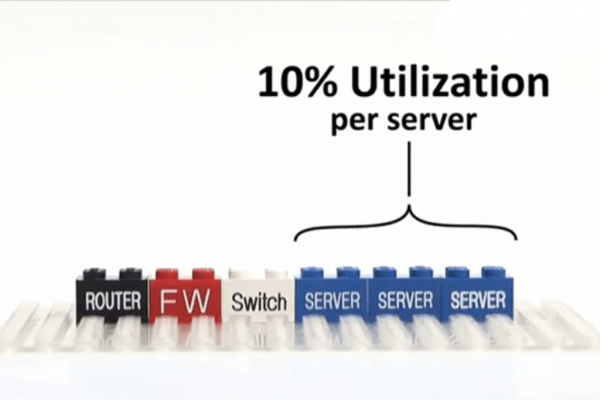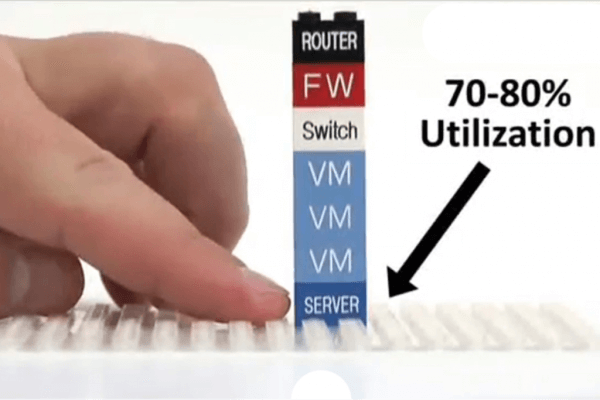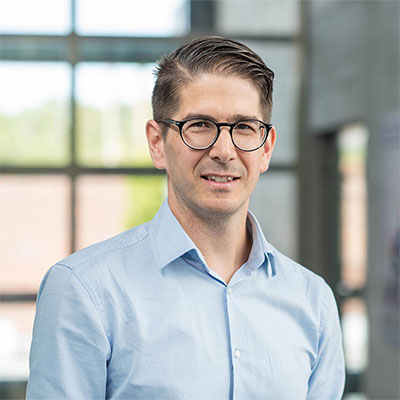Hardware was normally utilised at minimum capacity for a long time and waited patiently for a peak. It was as if Hercules had powers for ten, but would only use them once every five years. The rest of the time, even simplicity would be too much for him. Today, thanks to virtualisation, Hercules could use his entire tenfold power permanently and even divide it up among different users. The best thing is that everyone who uses a part of it has the feeling of being Hercules himself. Sounds too good to be true? This is exactly how virtualisation works in the cloud: virtualisation separates software such as applications or operating systems from the hardware and packages them into uniform virtual building blocks à la Lego. These building blocks are not physical, but a piece of software. That makes them as powerful as Hercules. As virtual Lego bricks, they can be moved, operated, modified and recombined at will - independently of the hardware. This turns power into a virtue in order to optimise the use of resources. Hardware can be utilised much better. The same principle is now finding its way into the network: The functions of routers, firewalls or newtwork switches are also being virtualised in the form of software.



